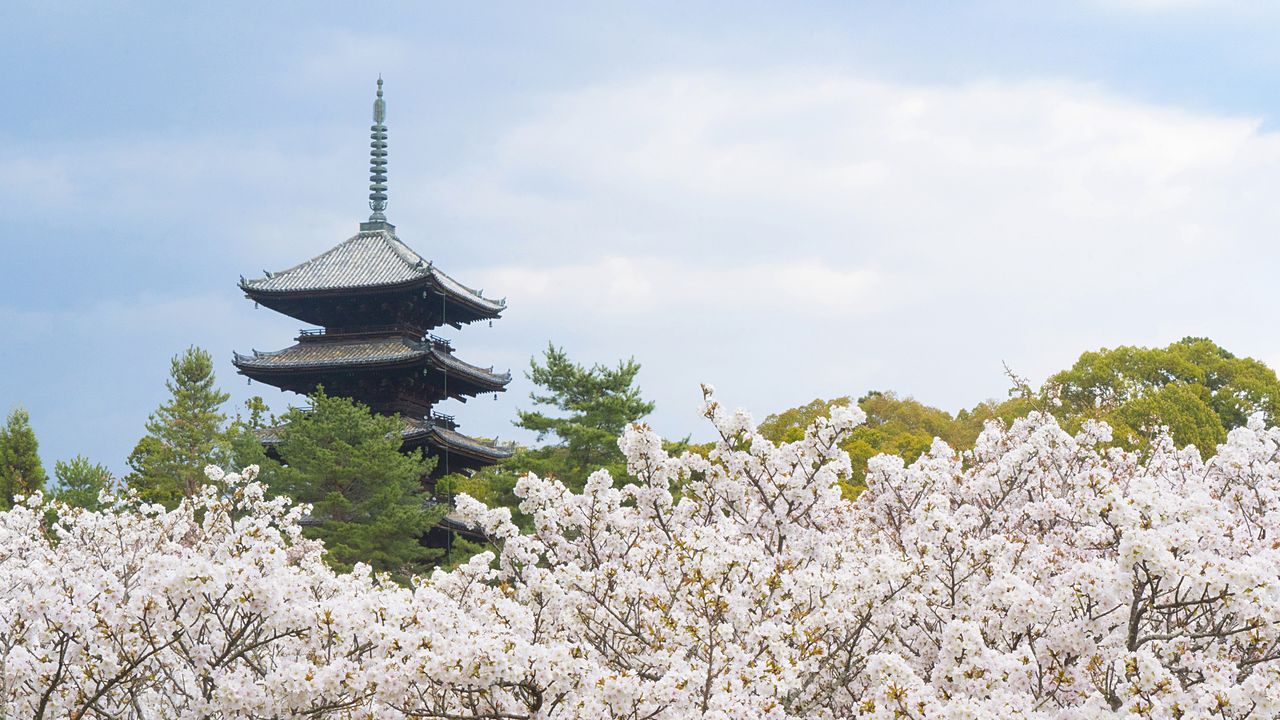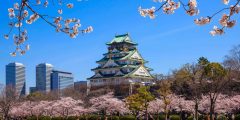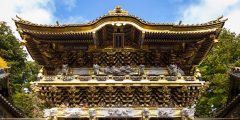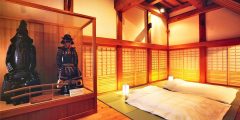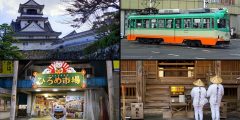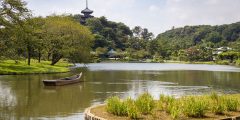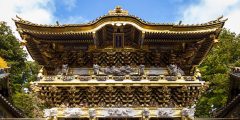Ninnaji Temple in Kyoto: a pagoda floating above a sea of flowers
Ninnaji Temple in Kyoto, of imperial origins, is famous for its Omuro cherry trees, which are late-blooming and have relatively short trunks.
Late-blooming Omuro cherry trees
Ninnaji Temple is located in the Ukiyo district of Kyoto and is the main temple of the Omuro school of the Shingon sect of Buddhism. It was founded by Emperor Oda in 888 on the will of his predecessor, Emperor Koko.
After his abdication, Emperor Oda became a Buddhist priest and built an omuro (his residence) on the temple grounds for him to live in. For this reason, the temple is also known as Omuro-gosho “Omuro Imperial Palace.”
The temple later maintained a high social status, as it was passed down over generations by members of the imperial family who served as its chief priests. In 1994, the temple was included on the UNESCO World Heritage Sites list as part of the historical monuments of ancient Kyoto.
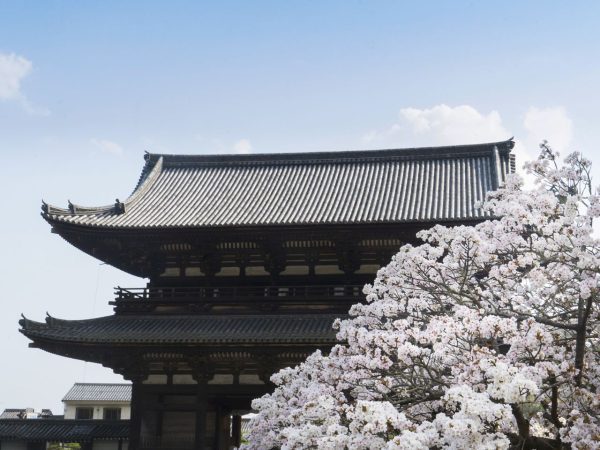
Ninnaji Temple is considered one of the top 100 sites for viewing cherry blossoms in Japan, especially the Omuro Zakura variety. There is a grove of these trees and it can be accessed through the Chomon Gate, which is located north of the visitors' entrance at the Chomon Gate. The trees directly to the left of Chomon have short trunks and late-blooming flowers. Peak viewing usually occurs in mid-April, which is why Ninnaji is known as a late-season sakura viewing location. Another factor that contributes to the popularity of the place in Kyoto is that the short trunks of Omuro Zakura trees compared to other cherry trees make it possible to admire their charming blossoms at eye level.
Read also:Nikko Toshogu World Heritage Site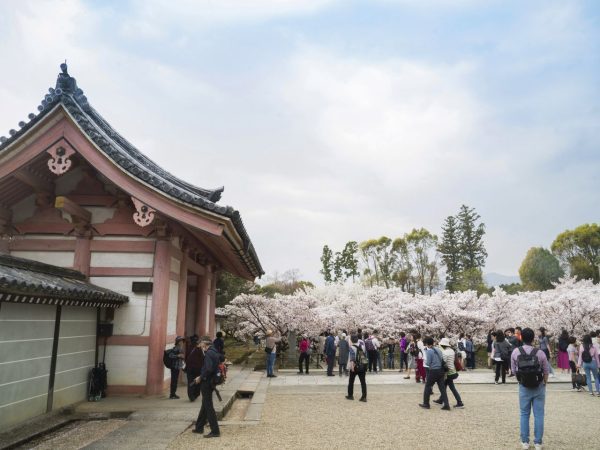
Cherry blossoms bloom in abundance on both sides of the road leading to the Omuro Zakura orchard, lower than most of the other cherry trees. This gives the impression of passing through a pink fence while walking along this road. At the end of the path, a small elevation allows you to see a view that should not be missed, as the visitor’s line of sight here rises above the level of the trees, allowing him to see the five-story pagoda tower to the east as if it were floating on a sea of pink clouds.
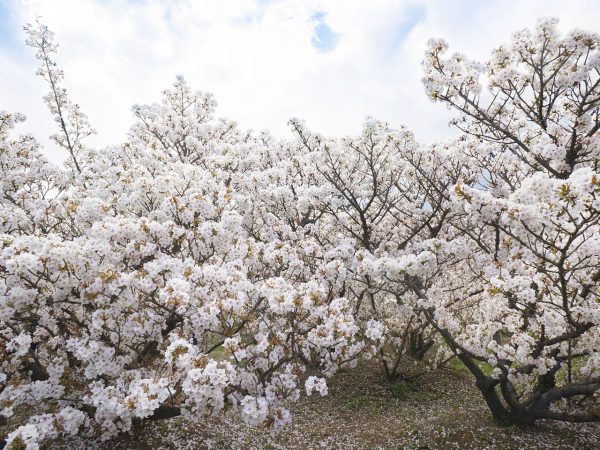
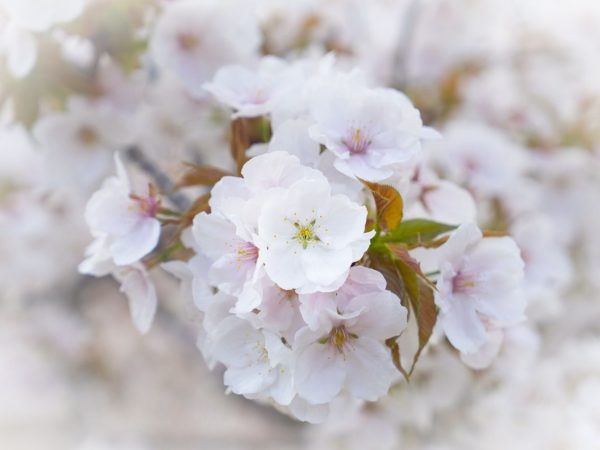
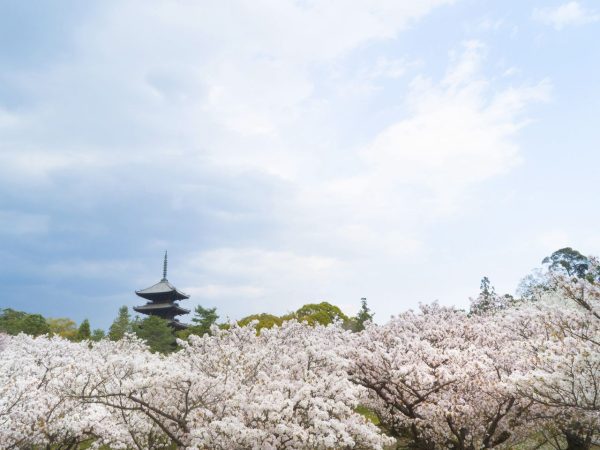
There are about 500 cherry trees of various types growing on the temple grounds, most of them the Omuro Zakura and Sumi Yoshino varieties. Among these varieties, some rare garden varieties can be found such as Osawa Zakura, whose flowers have about 10 light purple petals, and Ariaki, which has white flowers distinguished by its light scent. Visitors are recommended to search for these species among many species and enjoy their distinctive charm.
Read also:Kochi is a meeting place of nature and history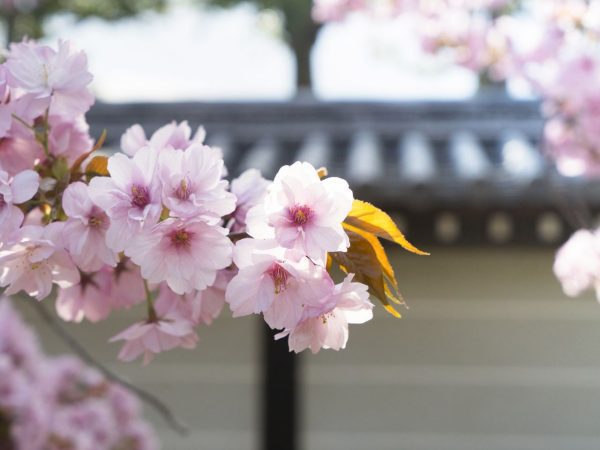
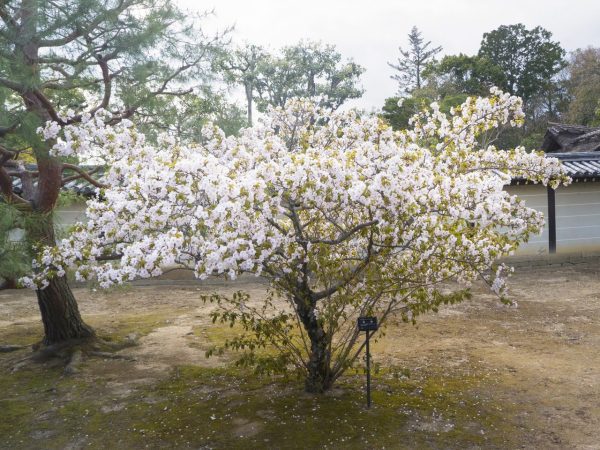
Access: From Kyoto Station on the East Japan Railway, take city bus No. 26 to Omuro Ninnagi Station (about 40 minutes) and then walk a little. Or walk about 3 minutes from Omuro Ninnagi Station on the Randen Kitano Line.
Read also:Shirakawa-go Villageentry fee: Admission to the temple is free except for a special admission fee of 500 yen during the cherry blossom period (200 yen for ages 15 and under). This fee can be combined with entrance fees to the main building and the Rihokan Treasure House, and discounts are also available for tour groups.
(Original text in Japanese, translation provided by Japan in Arabic)
